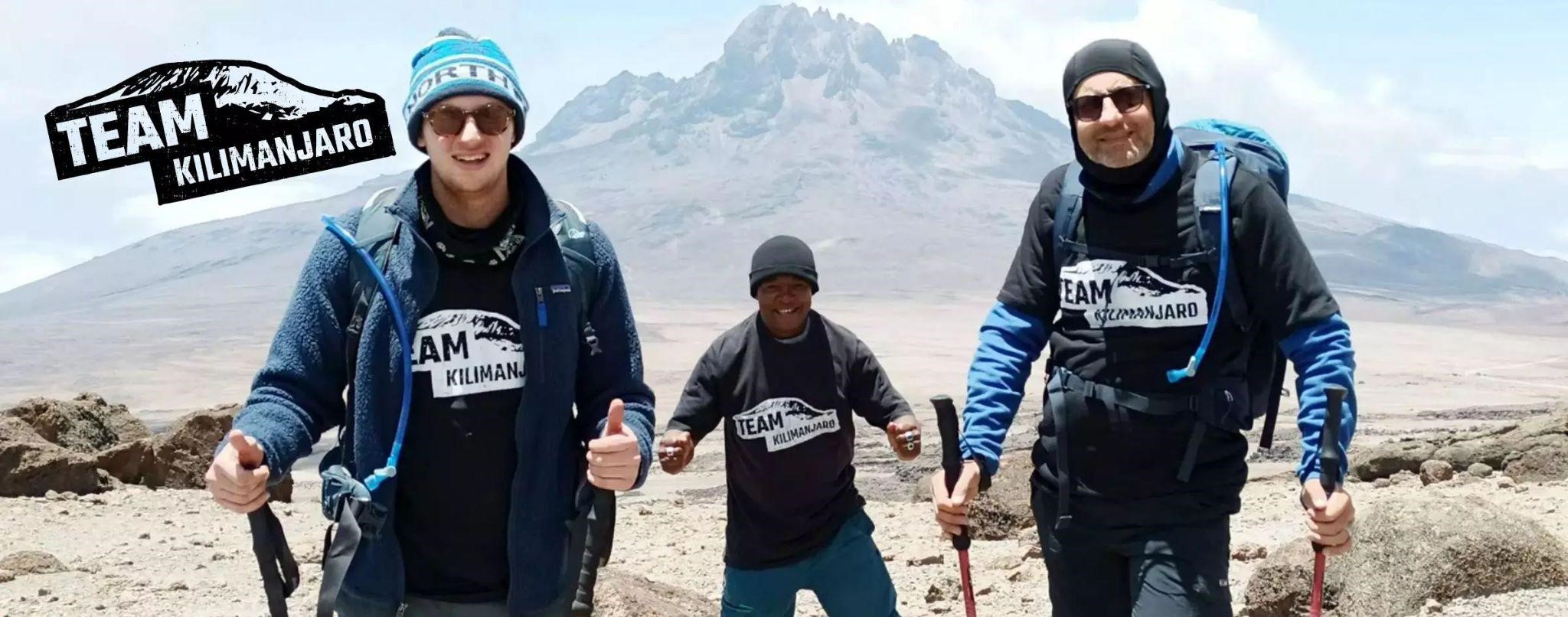For athletes, the field of play is more than just a location — it’s a proving ground for resilience, preparation, and mindset. But what happens when the stadium is replaced by rainforest, alpine desert, and glacier? To climb Kilimanjaro, Africa’s highest mountain at 5,895 metres, is to test athletic endurance in one of the purest environments on earth.
Unlike many of the world’s great peaks, Kilimanjaro requires no ropes or mountaineering skill. It is accessible to anyone who can walk steadily for several hours a day. Yet that accessibility should not be mistaken for ease. The challenge lies in altitude, pacing, and stamina — the same fundamentals that define elite performance in sport.
Training for Time
In competition, every athlete knows that time matters. The same question dominates Kilimanjaro: how long does it take to climb Kilimanjaro?
Fast ascents of five or six days are like reckless sprints — high-risk, low-reward. The body cannot adapt to altitude at that pace, and failure is common. Successful climbs take seven to nine days. These itineraries allow the body to acclimatise gradually, mirroring the principle of periodised training: progressive overload balanced with recovery. Athletes who understand that adaptation requires time will recognise why patience is the hidden strength on Kilimanjaro.
Choosing the Right Route
Every athlete knows the importance of strategy. On Kilimanjaro, the choice of route is strategic design. Popular paths like Machame or Umbwe involve needless elevation changes — a 401-metre climb immediately lost into Karanga Valley — the equivalent of wasted energy in a match.
Team Kilimanjaro’s TK Lemosho Route removes inefficiencies and offers quieter camps, smoother acclimatisation, and consistently higher success rates. For competitors who value preparation and efficiency, this is the tactical choice. For those who want an elite-level test, the Excel Extension adds an extraordinary challenge: spending a night in the crater at 5,729 metres after summiting.
Timing the Season
Athletes peak at certain points in the year; so does the mountain. The best time to climb Kilimanjaro is during the dry months of January to March and June to October. These periods are like peak competition windows: reliable conditions, clear skies, and fewer environmental variables.
Others deliberately choose the rainy months, embracing harder conditions for a quieter, tougher experience. This is equivalent to training in the off-season — when grit is built in difficult conditions away from the crowds.
Support as a Team
Every athlete, no matter how individual the sport, relies on a team: coaches, physios, nutritionists. Kilimanjaro is no different. National Park regulations require guides and porters, who set up camp, prepare meals, and monitor safety.
Team Kilimanjaro offers seven “support series” designed like training programs. About 70 percent of climbers choose the Advantage Series, a balanced model with three-course meals, private toilets, and comfortable mess tents. The Superlite Series is the stripped-back option for those who want self-reliance — like training without support staff — while the Hemingway Series is a luxury package designed for those who want to combine performance with recovery in style.
Summit Night: The Final Push
Every sport has its decisive moment — the last sprint, the penalty shootout, the championship round. On Kilimanjaro, that moment is summit night. Climbers rise at midnight, ascending for six to eight hours in the dark, through thin air and freezing cold. It is not a sprint but a test of mindset and grit.
At dawn, the sun spills over glaciers, and the plains of East Africa unfold beneath. The sign at Uhuru Peak signals the finish line — a victory that feels as much psychological as physical. For athletes, it is the ultimate reminder that preparation and endurance outweigh talent when pressure peaks.
Recovery and Reflection
Many climbers extend their journey with safaris in the Serengeti or a few days on Zanzibar’s beaches. Just as recovery is part of training, these post-climb experiences allow the body and mind to process achievement.
But the true gain is what athletes bring home: lessons about pacing, resilience, and patience that echo back into training, competition, and everyday life.
Final Reflection
To Kilimanjaro veterans, the mountain is more than a peak. It is a test that strips the challenge down to its essence: one foot after another, measured breathing, and the will to continue.
By knowing how long does it take to climb Kilimanjaro, selecting the best time to climb Kilimanjaro, and choosing efficient routes such as TK Lemosho, climbers embrace a challenge that feels athletic in its discipline and rewarding in its triumph.
Kilimanjaro is not a climb for climbers alone — it is a competition against self, a race won not by speed but by resilience. And for athletes of every kind, that is the ultimate game.
